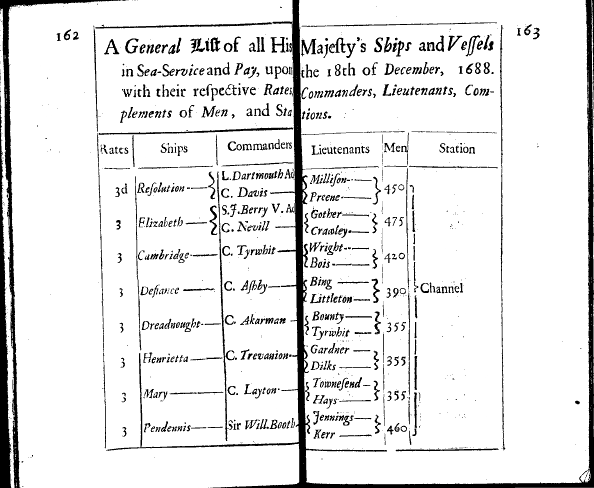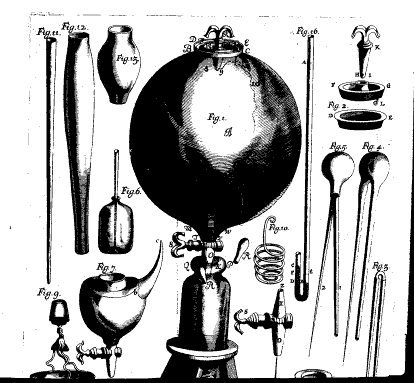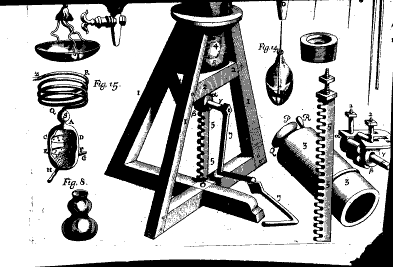
RE:
STC: Wing P1449
VID: 57357
TITLE: Memoires relating to the state of the Royal Navy ...
Q: How should tables that extend across a page opening be captured when
keyboarding?
A: You are right that we did not make any provision for tables that extend
*across* a page opening, as opposed to tables that are merely *continued* from
one page to the next. So we need a new rule. I suggest the following:
A single table (or illustration, or piece of music, heading, or even a block of simple prose) that extends across a page opening, printed across two pages as if they were one, should be treated as a single, continuous object. It should not be broken artificially into two; nor should a page break be inserted into the middle of it (since there is no obviously appropriate place for the page break tag to go).
Instead, use only a single <PB> tag at the beginning of the two-page spread, and use the page-number span as the value of the "N" attribute.
Objects that span two or more IMAGES (as opposed to pages) are another matter. These will need to be broken up into separate objects if it is not possible to insert a <PB> tag within a single object. This happens fairly commonly with large fold-out illustrations, which may have been filmed in sections. In that case, each piece of the original illustration must be tagged as a separate <FIGURE> with intervening <PB> tags to indicate the appropriate image on which the piece appears.
Example (image 85):

I would capture as follows:
<PB REF="85" N="162-163">
<TABLE>
<HEAD>A <HI>General <HI>List</HI></HI>
of all His Majesty's
<HI>Ships</HI>
and <HI>Vessels</HI>
in <HI>Sea-Service</HI>
and <HI>Pay,</HI>
upon the 18th of December, 1688.
with their respective <HI>Rates, Commanders,
Lieutenants,
Complements</HI> of <HI>Men,</HI>
and <HI>Stations.</HI></HEAD>
<ROW>
<CELL ROLE="label">Rates</CELL>
<CELL ROLE="label">Ships</CELL>
<CELL ROLE="label">Commanders</CELL>
<CELL ROLE="label">Lieutenants</CELL>
<CELL ROLE="label">Men</CELL>
<CELL ROLE="label">Station</CELL>
</CELL>
<ROW>
<CELL>3^d</CELL>
<CELL><HI>Resolution</HI>
<CELL>L. <HI>Dartmouth</HI>
Ad$ C. <HI>Davis</HI></CELL>
<CELL><HI>Millison</HI> <HI>Preene</HI></CELL>
<CELL>450</CELL>
<CELL ROWS="8">Channel</CELL>
</ROW>
etc.
Compare the following book (Wing B4000, images 13-14) in which a single object is spread across multiple images and therefore has to be broken up:
| (Upper half of illustration appears on one image:)
<PB REF="13">
|
 |
| (Lower half of illustration appears on next image:)
<PB REF="14">
|
 |